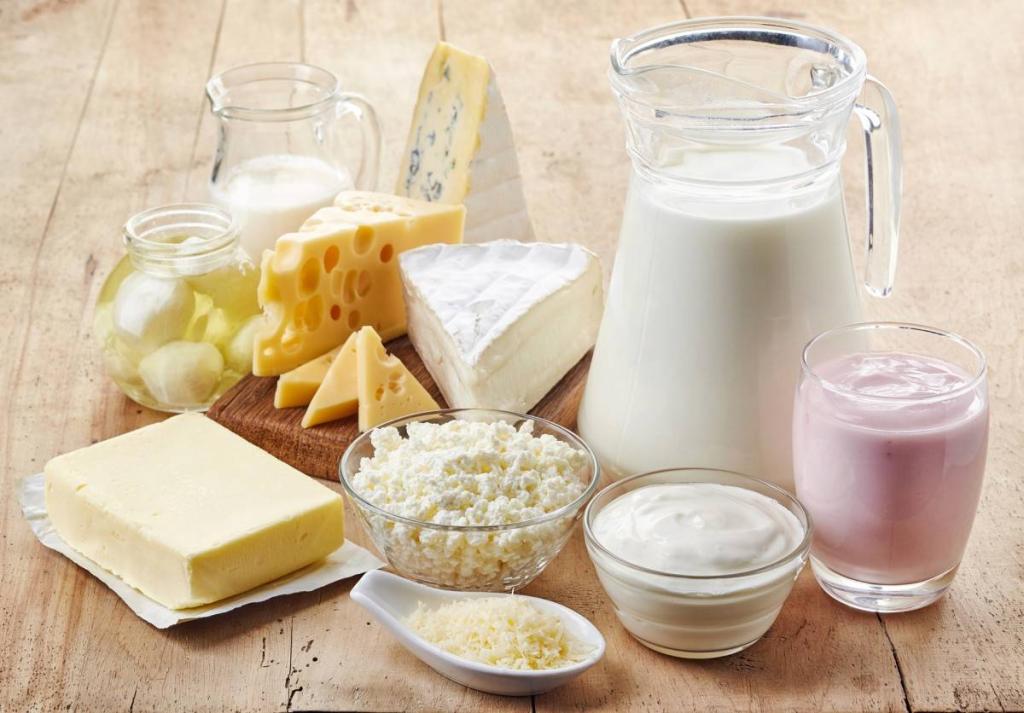
The amount of nisin added to dairy products
TIME:2024-01-31
The amount of nisin added to dairy products can vary based on factors such as the specific type of dairy product, regulatory requirements, and the desired preservative effect.Nisin is commonly used in dairy products as a natural antimicrobial agent to inhibit the growth of spoilage and pathogenic bacteria.
The dosage of nisin is typically expressed in International Units (IU) per gram or per kilogram of the final product.The specific concentration used can depend on factors such as the type of dairy product, the expected shelf life, and the regulatory limits set by authorities in different countries.
As an example, the European Food Safety Authority (EFSA) has established acceptable daily intake (ADI) values for nisin, and the maximum permitted levels may vary for different food categories. In the United States, the Food and Drug Administration (FDA) also sets specific limits on the use of nisin in food products.
It's important for food manufacturers to comply with local regulations and guidelines regarding the use of nisin in dairy products.This includes determining the appropriate concentration of nisin to achieve the desired preservative effect while staying within the permitted limits.
To determine the exact amount of nisin to be added to a specific dairy product, manufacturers often conduct trials and assessments based on the characteristics of the product, production processes, and intended shelf life.Additionally, manufacturers may seek guidance from regulatory agencies or food safety authorities to ensure compliance with local regulations.
It's advisable for food producers to consult with food safety experts, regulatory authorities, or industry organizations to stay informed about the latest regulations and guidelines related to the use of nisin in dairy products.

 CONTACT
CONTACT




